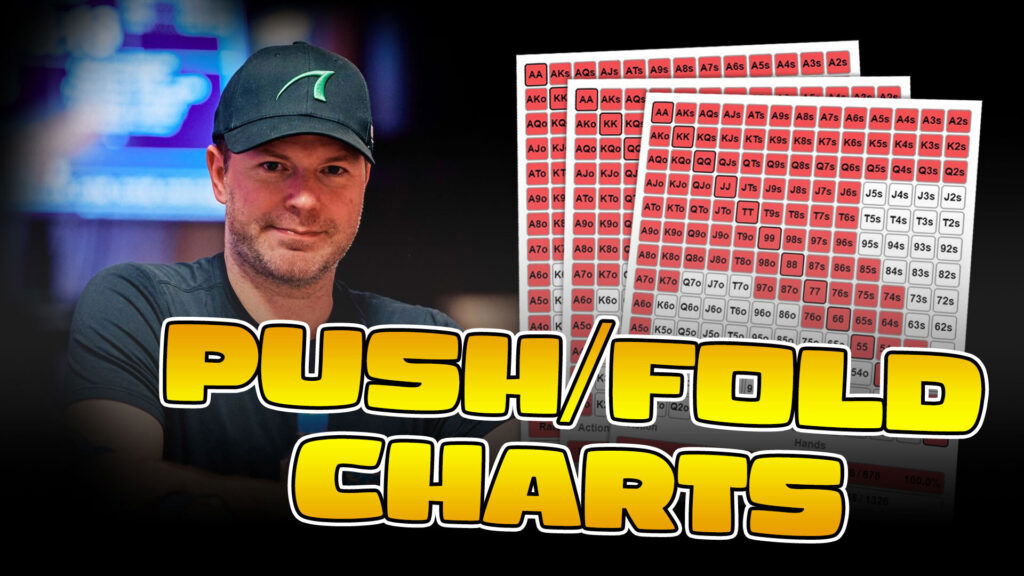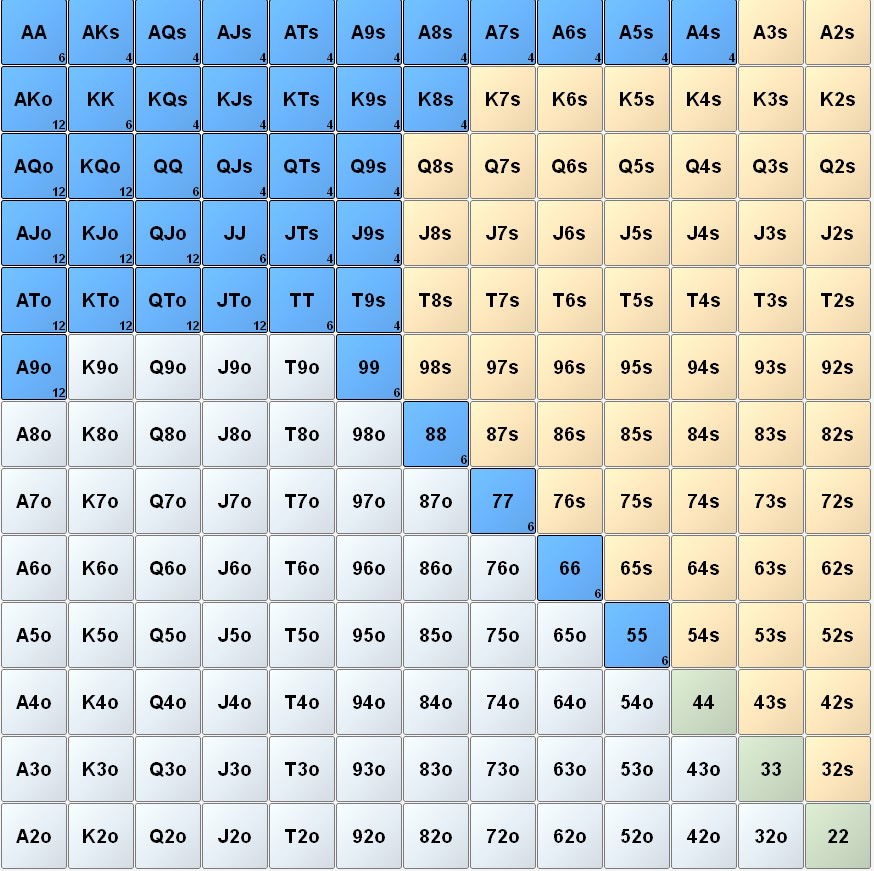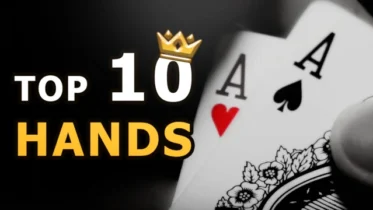I recently asked for topics to write about on Twitter and had a couple questions regarding donk betting. Followers were interested in hearing when is the correct time to donk bet and what strategies to use when implementing a donk betting strategy. Today we will define donk bet, equity/betting, donk betting later streets, and exploits.
Defining Donk Bet
By definition, a donk bet is leading into the aggressor in the hand from out of position (OOP). This goes for any street, on the flop it is leading into the pre-flop raiser, on the turn it is leading into the player that continuation bet on the flop. The donk bet sometimes gets confused with the probe bet, a probe bet being when a player leads the action after a check-check situation. For example, the pre-flop aggressor chooses to check behind and now the big blind (BB) bets from OOP on the turn.
It All Comes Back To Equity
Equity is everything in poker. No matter the words you use, often you are discussing equity in some way in a poker hand. Equity is the backbone of the decisions we make at a poker table. When a player raises preflop from middle position with the top 20% of hands to 2.5 times the BB, you will often defend your BB with around 60% of hands. You will three-bet A-A, K-K, sometimes Q-Q, J-J and A-K. You will call with all suited hands and a lot of junk offsuit hands because of equity and pot-odds.
No matter the flop, the middle position (MP) player will ALWAYS have an equity advantage on you. Some flops, like 4-5-6 monotone, MP still has a 51% range advantage, but that is the best-case scenario for the BB. Even though the BB can have 8-7 offsuit, 2-3 suited, 6-5 offsuit, 5-4 offsuit etc, they are still at an equity disadvantage. Equity allows you to bet, plain and simple.
There are different nuances of equity such as how it is distributed or nut advantage, but in general the more equity the more you bet. From the BB, it is almost never correct to lead into the pre-flop raiser because the BB is always at an equity disadvantage on the flop. Thus, it is always better to check to the in-position player’s stronger range, who will bet then re-evaluate the correct response.

Make the best preflop decisions with Jonathan Little’s Push/Fold Charts!
The Potential Strength Of The Donk Bet
There is a time in the hand that donk betting becomes a very strong strategy. Let’s take that same MP 20% range and the 60% range (minus A-A through Q-Q and A-K that three-bet) in a hand. The flop comes A♦-8♣-5♦, the BB checks and MP bets 1/3 pot, BB calls. The turn is now the 4♦, this is a very dynamic turn as both the straight and flush draw have completed.
Let’s consider MP’s pre-flop range:

Now, let’s consider the BB’s pre-flop range:

The key difference in these two ranges is the amount of flushes that the BB has. He has every single suited combination in his range for a possible flush, and also has 7-6 offsuit that the MP player does not have. The most common flush the MP player has is the ace-high flush, but with the A♦ on the board, that is impossible. So, the BB has a major flush advantage and also a straight advantage.
Now let’s take into consideration the flop action. On a A♦-8♣-5♦ flop, MP should be betting 100% of his range versus the BB due to his equity advantage. He has all the Broadway combo hands, 99-KK etc. The reason he bets 100% is the BB has mostly nothing on this board. Now, when the BB folds all of his nothing on the flop, he is left with something all the time on the turn. In other words, the BB has an equity advantage on this turn now, and thus should bet A LOT. In summary, when a turn or river card changes the composition of the board, donk betting can be considered a viable strategy, especially when that card benefits the BB range more than the MP range.
Mastering Exploitation
Finally, we will look at exploits versus weak players. So far, we have only discussed donk betting as an equilibrium strategy. These strategies are based on maximizing your EV with your entire range, not a specific hand. For example, same set up MP vs BB with the flop being 8-5-3 rainbow. A hand such as 8-7 might prefer to bet because it can gain value and needs protection from over cards. However, our whole range wants to check this board. The reason is if we start betting all of our 8-7 and 9-8 type hands, our checking range becomes extremely weak and we will get punished. We sacrifice the desire to bet 87 to protect and enhance the EV of other hands in our range, making us indifferent between betting and checking.
Against very weak opponents, we can ignore balancing our range and begin to play exploitative. For example, if we know our opponent will never raise our donk lead with a hand like T-9, J-T or other weak two over card holdings, donk leading becomes attractive. Getting a hand like A-9 offsuit to fold right away if it was going to just check behind is beneficial. If we know our opponent will always check with a non-pair with two over cards in-position, we should not allow him the free card and donk lead to deny equity and gain protection. In summary, you should have a reason to donk lead, and that reason should be an error in your opponent’s strategy you have picked up. Exploit the leak and maximize your EV more.
Conclusion: Utilizing The Donk Lead
The donk lead should never be used on the flop unless there is a specific exploitable reason to do so. On board changing turn cards (flush and straight completers and board pairing cards), the BB can use donk leading as a powerful strategy. Whenever the turn or river is a “brick”, donk leading should never be used as equities do not change. Equity is the back bone of your strategy, learn to think about how ranges interact with the board and how big of an equity advantage a range has. Study, execute, and donk your way to profits.



